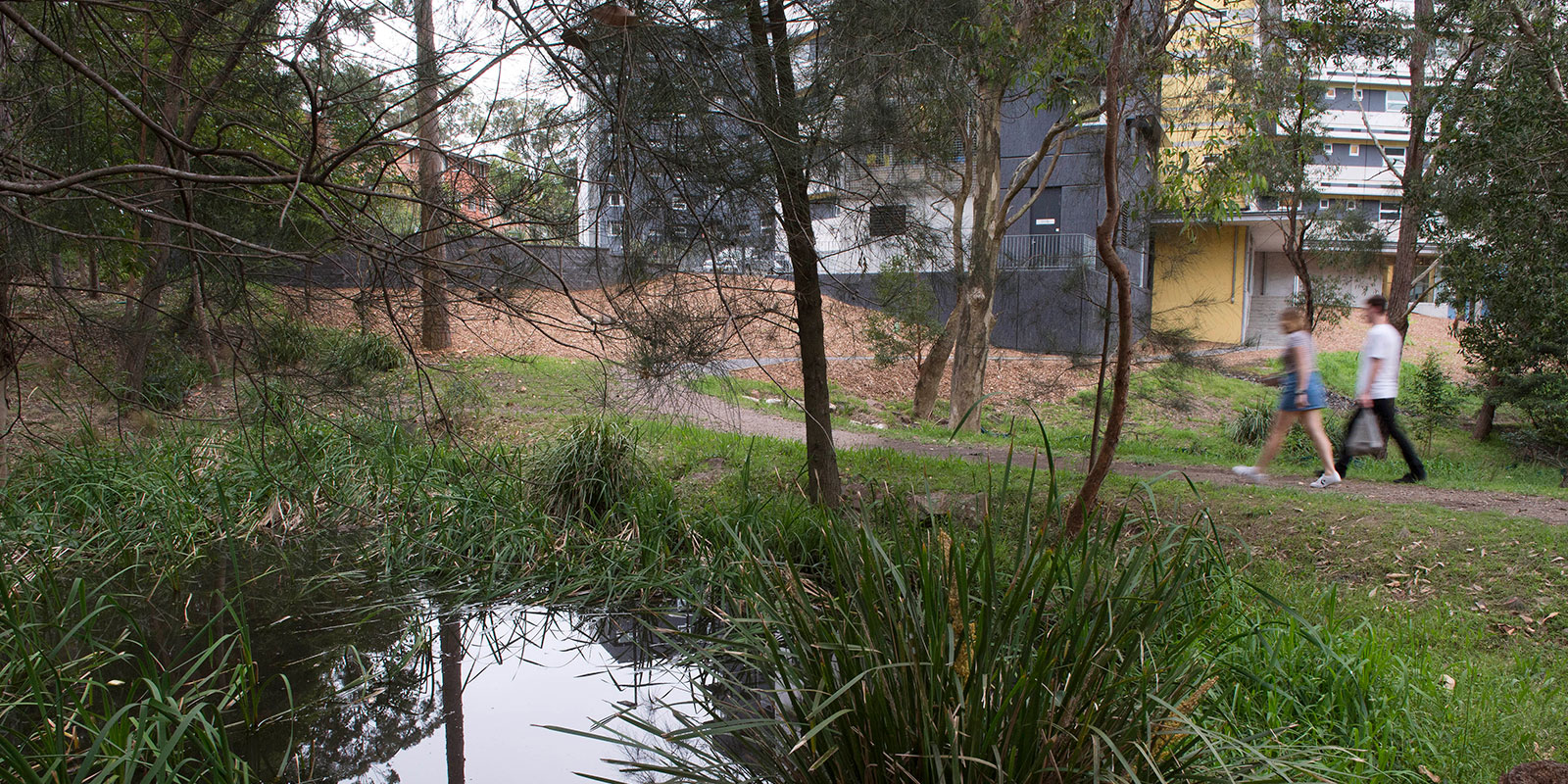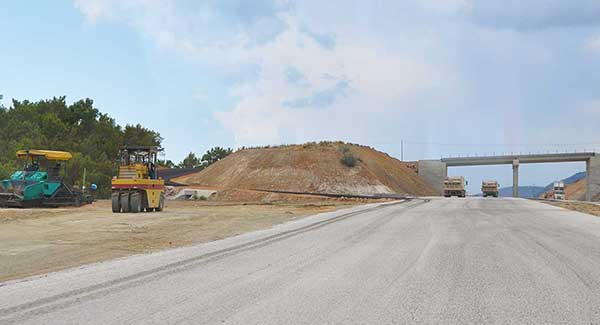

Goal 15:
Life on Land
Sustainable Use, Conservation and Restoration of Land
The University of Newcastle has formal policy commitments and campus‑level actions in place to conserve, restore and sustainably manage its terrestrial ecosystems including forested and bushland areas.
Policy Basis
- Environmental Sustainability Policy (Clause 13: Biodiversity and Landscaping)
This policy explicitly commits the University to the conservation and restoration of ecosystems, including those on campus (forests, bushland, wetlands etc.), ensuring their sustainable use in university operations and planning. This policy was effective from the 8th of December 2022 and will be reviewed in December 2025. - Biodiversity & Landscaping Goals
Under its sustainability goals, the University recognises the remnant native bushland, forests, riparian zones, and wetlands on its campuses as ecosystems of high conservation value, and commits to active management, restoration and enhancement of these landscapes.
Initiatives & Actions
- Callaghan Campus Bushland & Wetland Management
The University manages approximately 25 hectares of remnant native bushland and wetlands on its Callaghan campus (within a ~140 ha area), including ecosystems like the Coastal Foothills Spotted Gum (Ironbark Forest), Riparian Closed Forest and freshwater wetlands. These are protected, managed, and restored under campus landscaping and biodiversity programs. - Species Diversity
These ecosystems support a rich diversity: ~188 native flora species, 116 bird species, 14 native mammal species, 11 frog species, 18 reptile species, including occasional sightings of migratory or threatened species such as Powerful Owl, Grey‑headed Flying‑fox, Little Eagle etc. Active habitat management supports these populations. - Restoration and Improvement
The University is committed to ongoing restoration: improving degraded areas, rehabilitating vegetation, managing weeds, maintaining ecological connectivity and protecting soil, hydrology and understory structure in forested and bushland parts of its campuses.
Research stories

Reducing methane emissions in mining
Driven by a desire to reduce greenhouse gas emissions, Professor Behdad Moghtaderi is transforming the mining sector – and helping improve our quality of life at the same time.
Read more

Driving innovation in the minerals sector
University of Newcastle researchers have improved conventional soft soil testing to better support new infrastructure projects, reduce project delays, and save taxpayer money.
Read more

Digging for soft soil infrastructure solutions
University of Newcastle researchers have improved conventional soft soil testing to better support new infrastructure projects, reduce project delays, and save taxpayer money.
Read more
The University of Newcastle acknowledges the traditional custodians of the lands within our footprint areas: Awabakal, Darkinjung, Biripai, Worimi, Wonnarua, and Eora Nations. We also pay respect to the wisdom of our Elders past and present.